
Mental Health Experts on Social Media
May 30, 2019 in LINKS, Social Media Guide
 When people talk about social media and its effect on people, it’s almost always negative. Many have mentioned and researched about the effect of social media on mental health: feeling unproductive, worrying about what we said or did online, and experiencing FOMO are just a few of the things that affect us from using social media.
When people talk about social media and its effect on people, it’s almost always negative. Many have mentioned and researched about the effect of social media on mental health: feeling unproductive, worrying about what we said or did online, and experiencing FOMO are just a few of the things that affect us from using social media.
Social media knows this though. Even though those feelings can still be present, many are also using the platforms to spread awareness about their own experiences, and social media sites themselves are promoting content to spread awareness about mental health.
These can be sporadic though. No one has an obligation to constantly and only post about mental health awareness – whether it be specifically about their own or as a whole – and social media platforms may only promote mental well-being when it may feel necessary (think of this month as Mental Health Awareness Month wraps up).
Most organizations today have social media handles so they can help promote their causes to as many people as possible: those focusing on mental health are no ![]() exception. However, experts and doctors are also creating their own social media accounts so they can give direct advice and help about mental health, stigma, and overall spreading awareness and educating about mental health.
exception. However, experts and doctors are also creating their own social media accounts so they can give direct advice and help about mental health, stigma, and overall spreading awareness and educating about mental health.
One such example is Dr. Jessica Clemons, who has an Instagram account giving tips about tackling stigma and taking care of one’s self, especially in the black community (she even has Beyonce’s approval!). Similar accounts from psychiatrists and doctors educating about mental health include Dr. Vania Manipod and Dr. Lisa Long.
 While it could be easy to assume that medical and professional information can be dry, all of these accounts know how to use social media, engaging it in a way that feels like any other fashion, food, or friend’s account. They can seamlessly fit in into your feed, but can have the opposite, more fulfilling effect than the FOMO, self-consciousness, and unproductivity you might feel from other posts.
While it could be easy to assume that medical and professional information can be dry, all of these accounts know how to use social media, engaging it in a way that feels like any other fashion, food, or friend’s account. They can seamlessly fit in into your feed, but can have the opposite, more fulfilling effect than the FOMO, self-consciousness, and unproductivity you might feel from other posts.
Do you follow any doctors or medical professionals on social media? Why do you think following professionals can be helpful, especially those focusing on mental health?



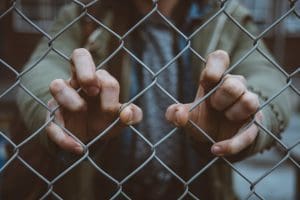
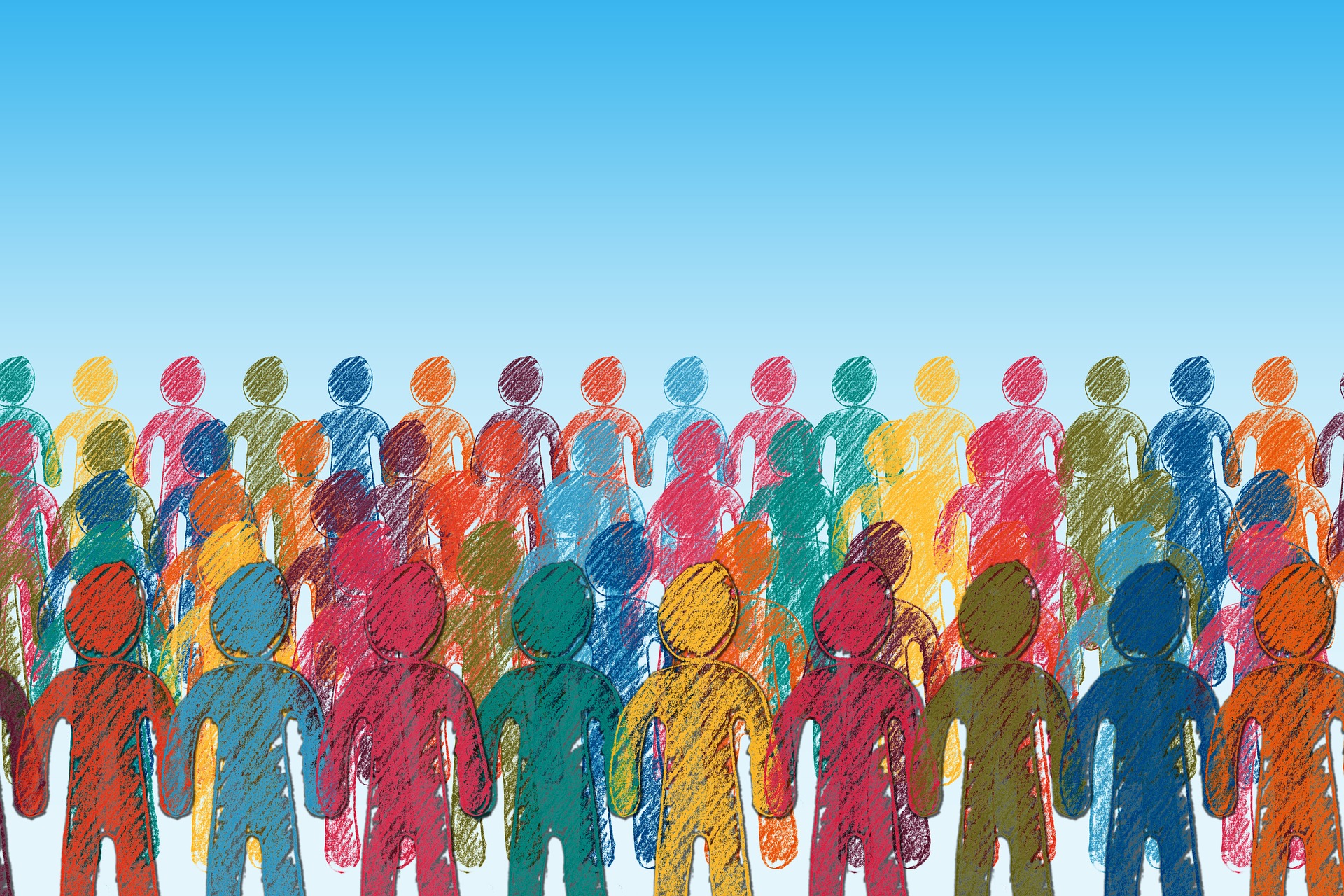















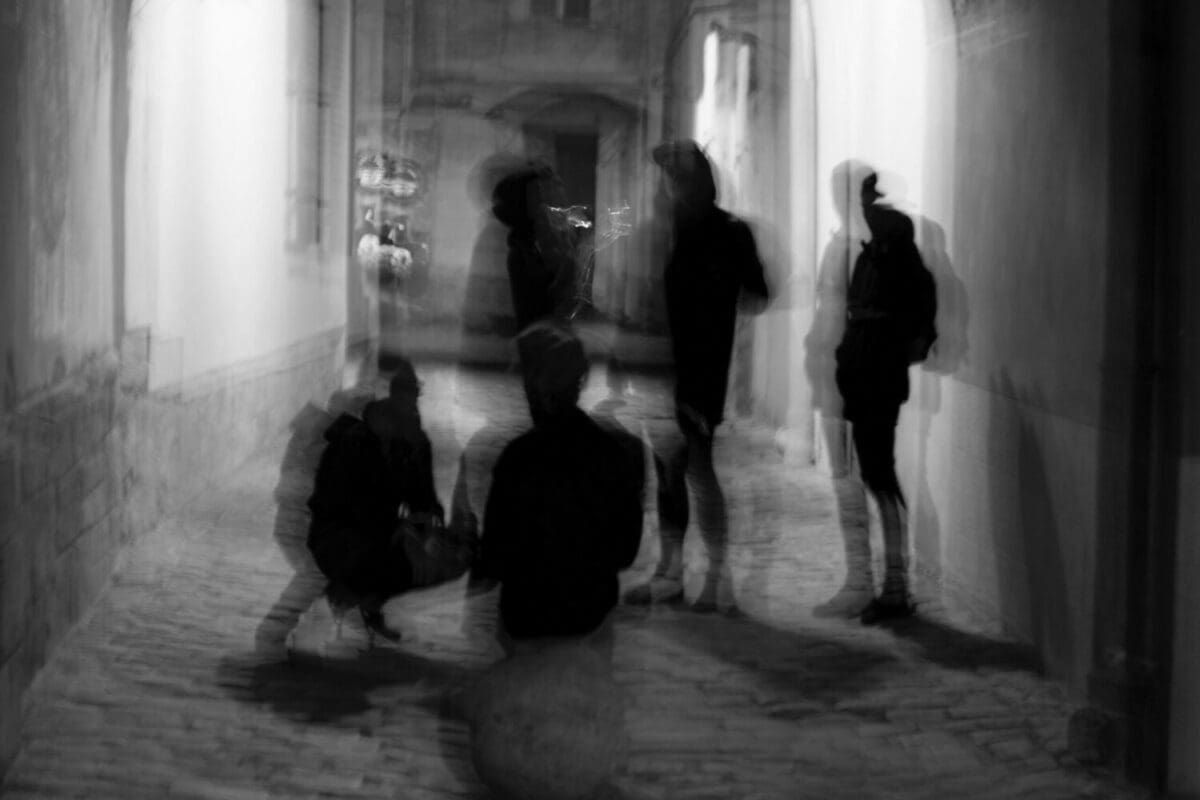

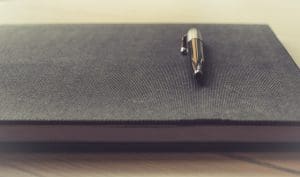





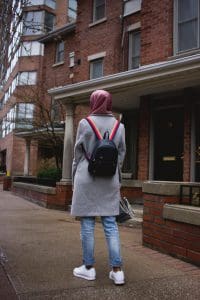





Recent Comments